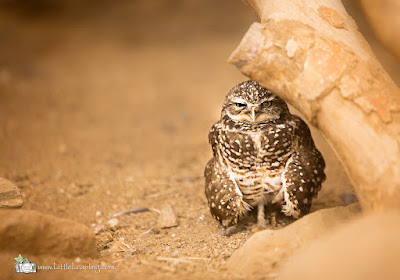July 3, 2015 at Henry Doorly Zoo in Omaha, NE
I finally made it to the Henry Doorly Zoo in Omaha this past weekend. I was pretty disappointed by the number of large animals that were missing due to the construction and I really wish we'd had more time when we went, but I had the opportunity to rent a couple awesome zoom lenses to try out, so I was still in heaven.
Let me just say that a zoo is the BEST place to try out a new camera and/or lens! You have lots of different lighting conditions, everything from creatures leaping back and forth full speed to critters that could win an all day staring contest. You also have plenty of macro photography opportunities, animals as far as the eye can see, and if you're like me, there are always cute kids in tow interacting with the animals. Don't forget that there is also usually beautiful landscaping if you want to get a few nice family pictures!
The lenses I rented were the Canon 70-200mm F2.8 v1 and the Canon 100-400mm. From the moment I arrived, I couldn't wait to get over to the tigers to see what those lenses could do. I was with a large group though and had to be patient. Finally, about 30 minutes before the zoo closed, I got my tiger pictures! Since the large cats are my favorites, I'm going to share those first. Sadly, as I write this, I just saw a headline that the male lion, Mr. Big, who was sweetly snoozing away when we visited less than a week ago, passed away today. Rest in peace, sweet kitty.
The female tiger in the open habitat was easily my favorite attraction. She was pacing and roaring and putting on a show for us. As much as I enjoyed her energy, I was thrilled when she plopped down to pose in a spot where I could put the zoom lens to work.
When you are looking through your camera's viewfinder, take a moment to scrutinize the background. A simple step to your left or right can reframe your subject in a way that makes her appear to be in the wild, which can make or break your photo.
I didn't get any really good pictures of the male tiger who is all over the news for embarrassing himself the day before we were there, but here he is sizing up my adorable daughter.
And here is a shot of the puma who appeared to be injured as she paced her cage with a limp. :(
She blended into her sand-colored habitat and I found that a black and white or sepia toned version helped me focus more on her expression.
When you are shooting through a wire or glass barrier as I was doing for many of these pictures,
put your camera into manual mode and crank your aperture wide open (the f stop should be as low as your lens will go). This is going to create the smallest possible depth of field, thus blurring out the foreground and the background. You'll need to be careful to focus on the animal's eyes, but you should be able to greatly reduce or even eliminate the caging or any marks on the glass. If you are looking at an indoor exhibit, you'll want to do this anyhow to let in as much light as possible.
I can't wait to go back to Omaha once the major construction is finished up and the big animals return to the spotlight! I also need to plan more time so that I can make it to the butterfly pavilion and aquarium. I know I missed out on a lot!
Now go grab your camera (and possibly a couple rental lenses) and head for the nearest zoo!

































